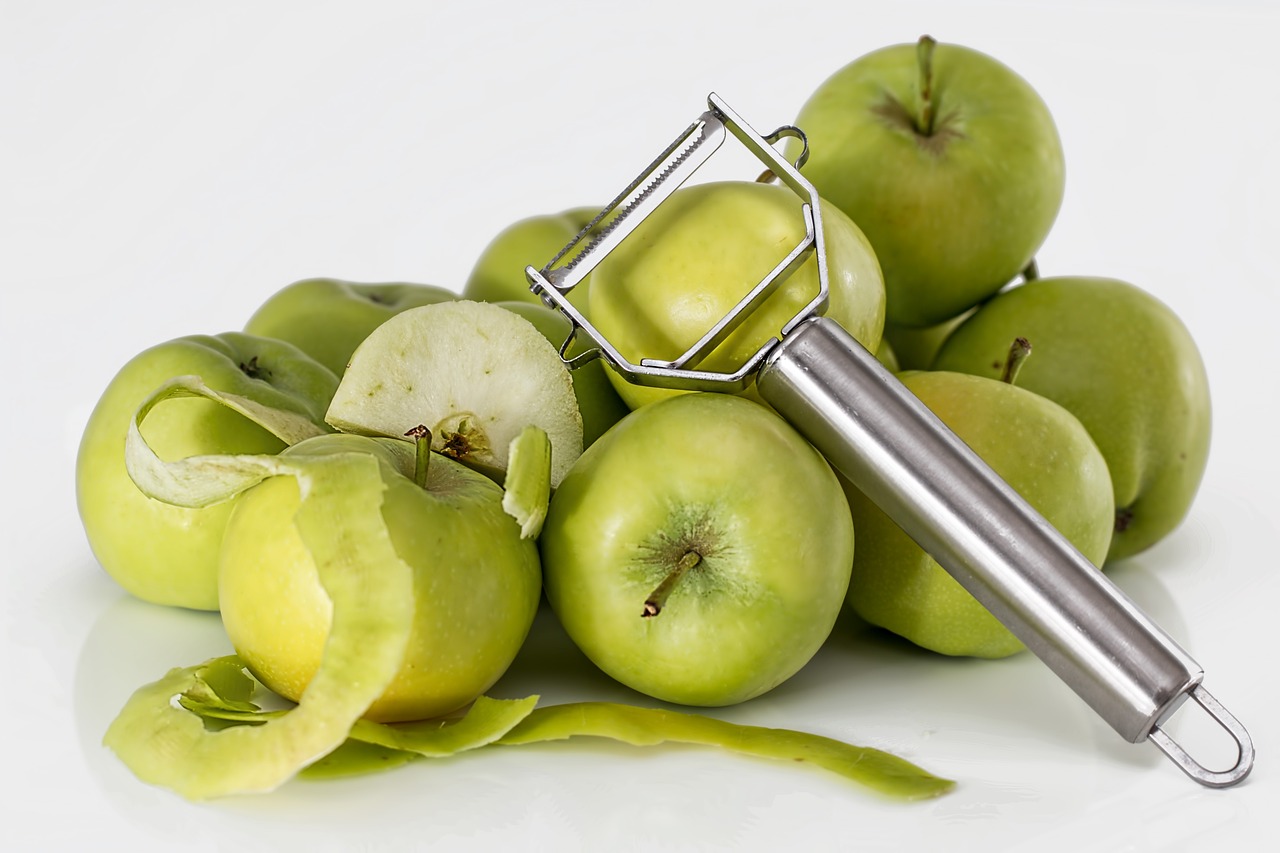If you’re struggling with foot pain or want more enjoyment from walking around, consider investing in sandals with arch support. arch support can help reduce pain and discomfort, improve overall foot health, and increase athletic performance. But it’s important to find shoes that offer the right fit.
They Help With Bunions
Bunions are joint foot deformities that can be painful, primarily when shoes don’t provide the proper support. They’re also a potential symptom of other foot issues, such as poor posture, flat feet, and plantar fasciitis.
Many women with bunions have reduced their symptoms and pain by investing in proper shoewear. Choosing shoes with a wide toe box that is flexible enough to allow your feet room to breathe will help alleviate pressure and discomfort. Another way to relieve bunion pain is to invest in arch support sandals that help distribute your weight more evenly, reducing the pressure on your big toe joint and taking pressure off your bunions. Fortunately, sandals are a popular style that can be purchased with excellent arch support and a wide-toe box. Some sandals have additional features, such as adjustable uppers and orthotic footbeds that can be adjusted to accommodate your bunion and help relieve pain while you’re wearing them.
They Help With Plantar Fasciitis
When you have plantar fasciitis, the band of tissue that connects your heel bone to your toes becomes inflamed. This is one of the most common causes of heel pain, affecting 1 in 10 Americans.
It usually starts with pain in the bottom of your heel when you get out of bed or after standing for a long time. Eventually, the pain will be felt all the time when you walk. Thankfully, several treatments can help with this condition. Some people can use over-the-counter orthotics designed to add support and relief to the arch of their foot. Others may need to go to a podiatrist for custom orthotics. Regardless of your chosen treatment method, icing the area can be one of the best ways to relieve the pain and promote healing. If you’re a runner, try incorporating lower-impact practices into your routine. Another great option is to stretch the plantar fascia, Achilles tendon, and calf muscles before exercise. This helps with flexibility, preventing the pain from returning after you stop exercising.
They Help With Arch Pain
Arch pain is a common complaint for people with poor foot health. Various issues, including overpronation or supination, can cause it. If you’re suffering from these problems, an insert orthotic may help to stabilize the foot, preventing pain and other symptoms. If you work a job that requires you to stand or walk for long periods, arch support can be essential for your feet’s health. It can help to prevent arch problems, such as flat feet or metatarsalgia, from developing. Some sandals also come with a contoured or raised arch, which helps distribute your weight evenly and reduces foot fatigue. Other sandals may have a built-in orthotic or heel cup that promotes optimal foot health. Wearing sandals without the proper arch support predisposes your foot to many soft tissue foot problems, like bunions, fissured skin or cracked heels, plantar fasciitis, and muscle cramps in the arches. These problems are aggravated by walking on hard surfaces.
They Help With Heel Pain
Heel pain is a common ailment that can affect anyone at any age. It’s most often caused by inflammation in the plantar fascia, a band of tissue that runs alongside the heel bone and helps support the arch of your foot.
It also absorbs shock as you walk and keeps your feet from spraining or straining. When the plantar fascia gets irritated, it can cause heel pain and lead to a heel spur. So, if you’re struggling with heel pain, investing in a good pair of sandals is essential to help your feet stay healthy. And while they may be more expensive than your flimsy flip-flops, plenty of sandals on the market are supportive and comfortable. Podiatrists agree that the best sandals for foot health support the foot arch. They recommend shoes with a contoured footbed, wide, cushioned heels, and durable soles.
They Help With Blisters
A blister is a fluid-filled sac caused by friction (or heat from a burn). Blisters are a common complaint of walkers and runners, but there are ways to prevent most foot blisters. First, you should eliminate sources of rubbing in your shoes or sandals that can cause them to form. That means eliminating hard, thick leather or synthetic materials and avoiding slippery or slick surfaces, as these can make your feet more susceptible to blisters. You can also decrease friction between your sandals and feet by applying moleskin or soft padding to any rubbing areas. Alternatively, you can use a leather conditioner, which can help soften the leather in your shoes and sandals. To avoid blisters, you should gradually break in your new sandals. It takes a few days for your feet to adapt to the pressure and wear.








